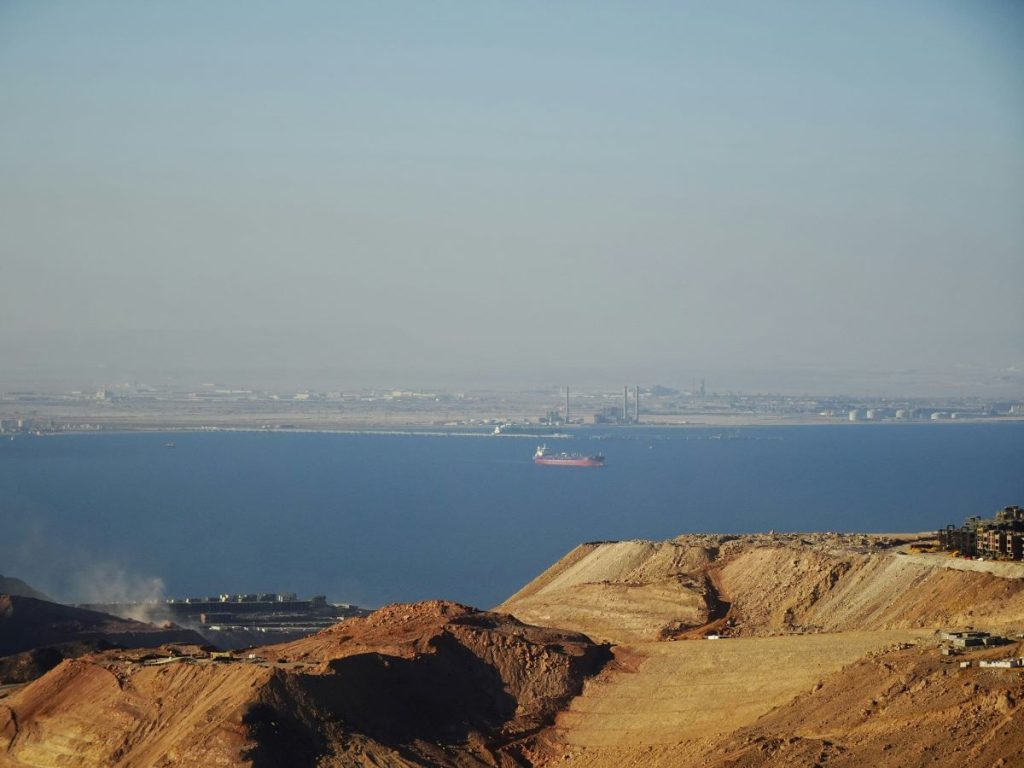The Red Sea disruption has led to an 80% decline in Suez Canal volumes since May 2024, forcing supply chain leaders to reroute ships, adding approximately 4,000 miles to journeys and increasing fuel consumption by nearly 30% per trip. This has resulted in a surge in shipping costs and insurance premiums. To balance cost with operational efficiency, leaders are considering strategies such as segmenting supply chains based on criticality and risk, and strategically positioning inventory closer to key markets.
Sustainability Goals vs Business Continuity
The rerouting of ships has led to a significant increase in carbon emissions, creating tension between sustainability goals and business continuity. To address this, businesses are considering greener technologies, such as biofuels, liquefied natural gas (LNG), and ammonia-powered vessels. Other solutions include the Northern Sea Route (NSR), carbon offsetting programs, green shipping corridors, and route optimization software.
Short-term Gains vs Long-term Resilience
The tension between pursuing short-term gains and building long-term resilience is a critical consideration for supply chain leaders. To balance these competing priorities, companies are adopting strategies such as scenario planning, phased implementation, and financial flexibility through contracts. Developing collaborative ecosystems with suppliers, customers, and even competitors can distribute risks and costs, reinforcing the supply network.
By thoughtfully managing these strategies, supply chain leaders can create networks that balance short-term performance with the long-term goal of resilience, ensuring both profitability and adaptability in an unpredictable world.





